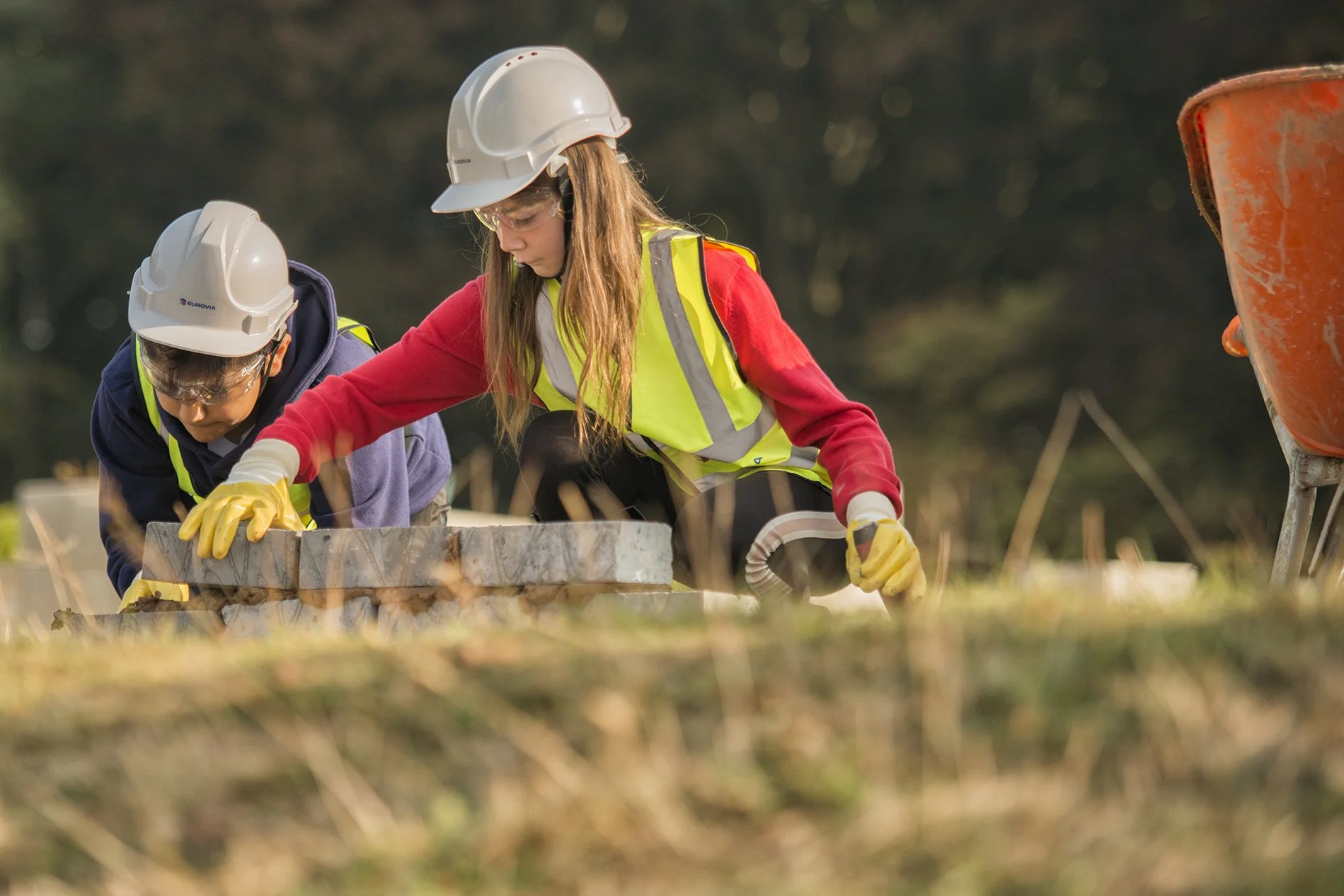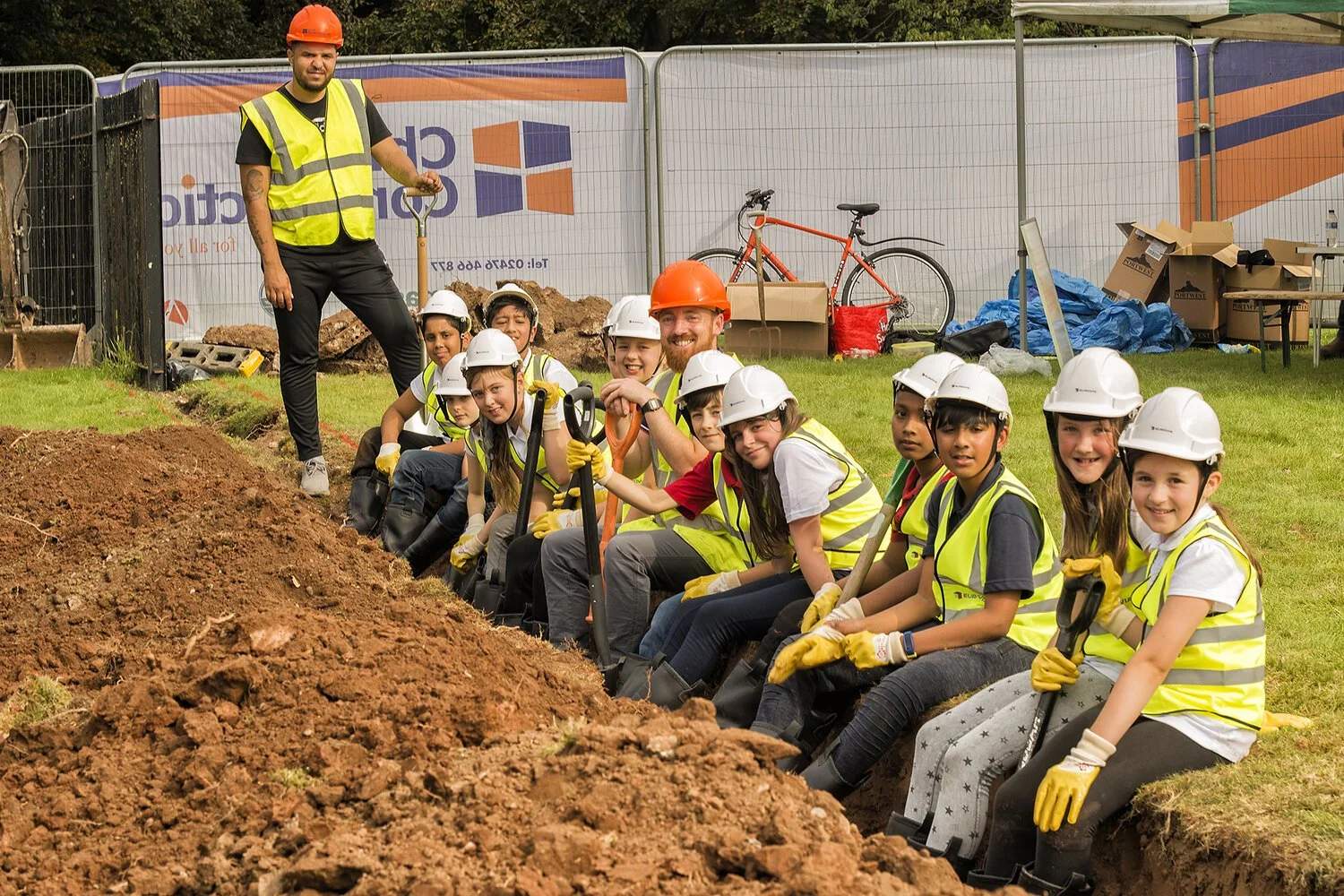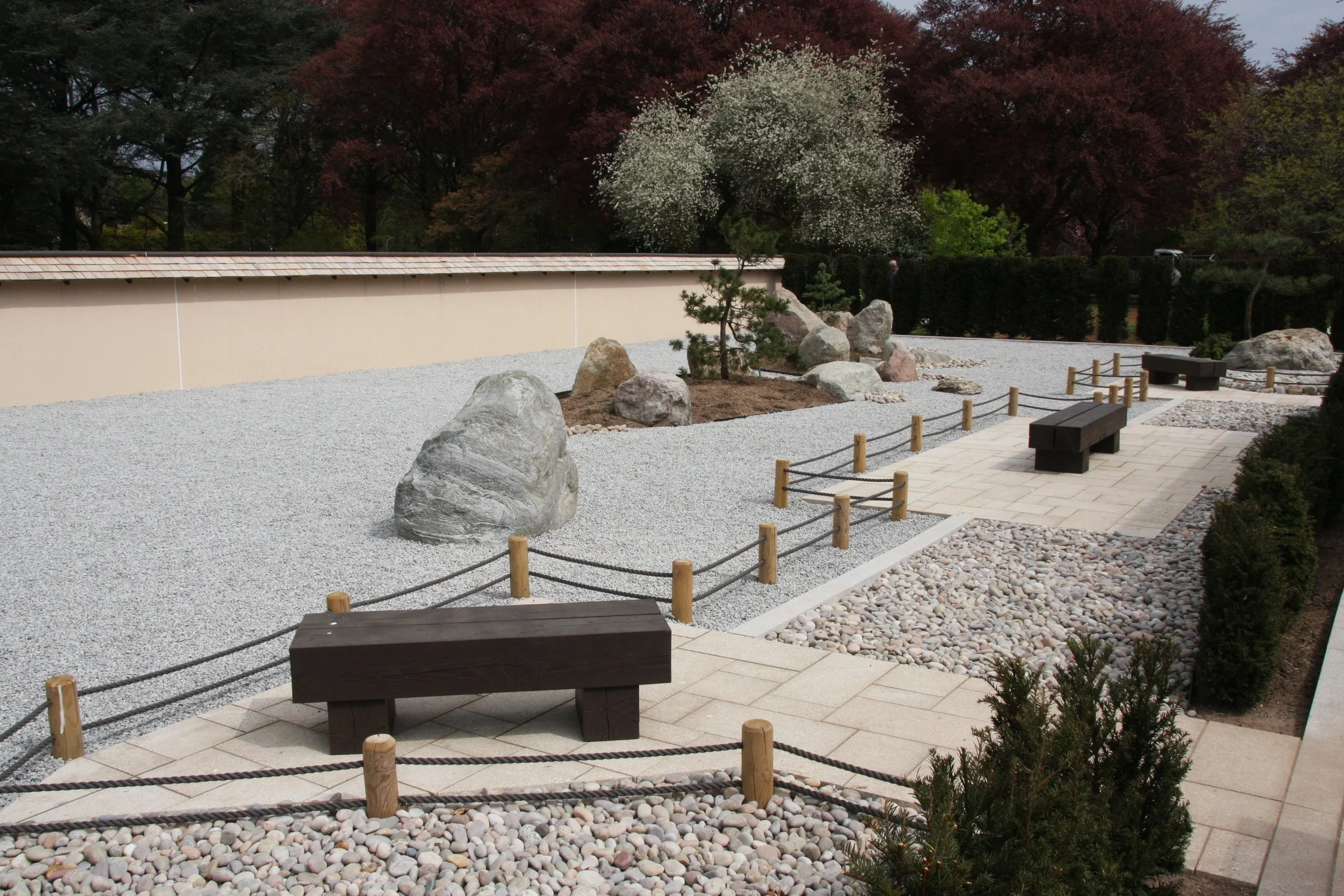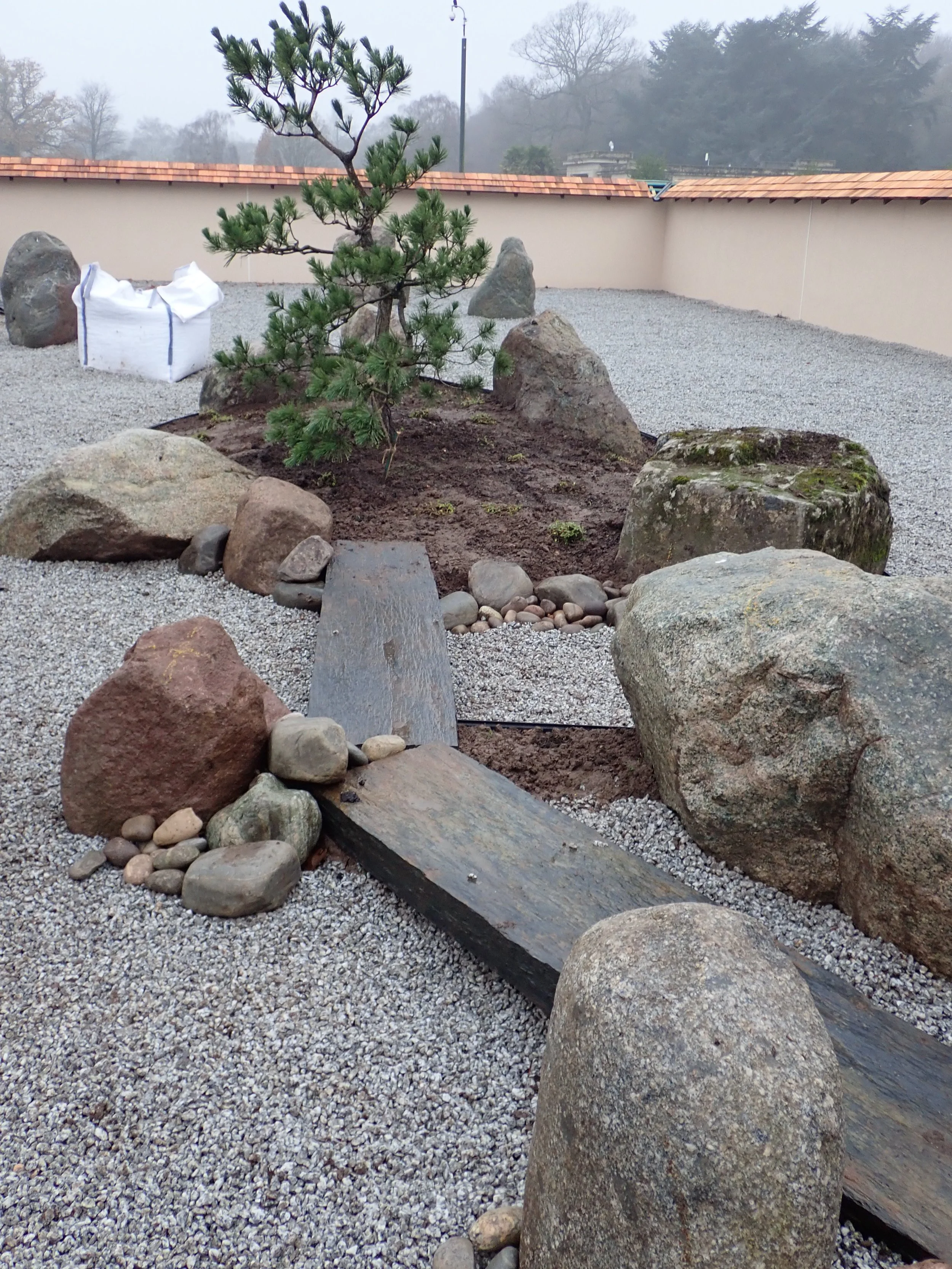Gardens for Peace Project
Inspired by the young - from ‘idea to reality’
The Arts & Culture for Peace Initiative encourages action that supports the three UNESCO ASPnet Action Areas and at the same time will benefit individual children and our wider communities.
This page outlines the ASPnet Arts & Culture for Peace Initiative ‘Gardens for Peace’ activity objectives. It provides some background information and useful links to materials to support schools as they begin this Initiative.


Objectives
Schools will use the Conflict and Peace Study they have undertaken to support this new peace initiative. They must use their ideas and designs for gardens to support the well-being of others, and convey the importance of living more sustainably with nature, ourselves and our planet. The results will reflect the ASPnet Action Areas.
Students are invited to study garden designs that incorporate the essence of a ‘less is more’ artistic style, and symbolically represent the idea of the need to achieve a better equilibrium between ourselves and our planet. Artistic styles, such as dry landscape Zen gardens and the symbolic meaning of the Coventry Young Ambassadors Islands of Peace Garden are good examples of how such symbolic references can be built into garden designs to inspire others
Students will use their understanding of peace and sustainability challenges to design and create their own garden designs - to convey their response to the challenges for our planet and our societies. See Coventry students initial work on ideas for their garden
In thinking about the design of their gardens students are encouraged to start small by making desktop models using simple materials (a box or tray, sand and carefully selected stones, for example for dry landscape gardens), so that they may explore the deeper meaning of their gardens.
Gardens for Peace outputs should be of significant value to local communities supporting the need for ‘mindful spaces’ as well as having a better understanding of young people’s attitudes to the need for peace with ourselves and to improve the sustainability of our planet.
Finally, the idea of sharing such gardens for peace inspired by the young globally will be discussed at future ASPnet events.
Students’ ideas must be the guiding force and they will be thoroughly involved in the development of the project - from ‘idea to reality’ - even if they are supported by adults to achieve the construction and building of a garden.
The students and teachers may also discuss if a larger garden is feasible locally, and if so why, where and how it might be possible to realise gardens sustainably.
There may be many ways to create a Peace Garden for the local community without constructing a new garden from scratch. We are encouraging students to be think about the ASPnet Action Areas in relation to local needs. For example, it might be possible to:
Join an existing local development project by recreating an area for a planned garden or parkland; or
Be part of the transformation of an existing garden or park area to inject new life and meaning; or
Regenerate wasteland to create a space(s) for the well-being of the public; or
if you are combining this with the Peace Tree activity, perhaps you can link with other community development initiatives, such as a national tree-planting scheme (in the UK this might be part of the Woodland Trust or some other organisation’s work, and there may be similar activities in other countries.
(See below and also the Coventry Cities of Peace Schools Project and how the Coventry Young Ambassadors Islands of Peace Japanese Garden evolved ).
Teachers’ Notes
Participants should read the generic introduction about the Initiative, the practical notes and also the recording and sharing of activities.
Timescale
Schools should register before the UK ASPnet International Conference in London in June 2022.
The time needed to work on this activity could be as little as one class session (if table-top garden designs only are undertaken), or it could be undertaken over a longer period of time if a full-size garden is being considered.
ResourcesIn order to reflect the spirit of sustainability students and teachers should aim to use a ‘less is more’ approach to achieve artistically beautiful outcomes.
However, if the children’s vision is similar to the Coventry children’s full-size garden - then significant funds will need to be found and extensive time resources necessary on the part of a local coordinator and others. Students and teachers might consider if there are other local community development projects to which this might be combined for greater mutually supportive value to the community.
Sharing of activities internationally should be as follows:
the narrative description of the project should be between 400-600 words
a maximum number of artistically good quality project photos 10 (per phase of the project if this is extended over a significant period of time/development).
if you have made a video which its central to your project upload it to a local site (school or community project, for example) and send a link only to the national coordinators to share on the Arts & Culture for Peace site.
QualityThe students’ designs should clearly communicate the ASPnet Action Areas for peace, sustainability and intercultural learning using a minimalist style.
Teachers can choose how they build the project into their curriculum and indeed where any cross-curricular links may be developed (for example, possibly between maths, design and technology, art) and if this will be combined with any of the other peace initiative and community activities.
‘Desktop’ models should need few additional resources in order to more appropriately reflect the sustainability agenda in their overall design.
Example of children inspiring a Japanese Garden for Peace - from idea to reality
Useful links to information about classical and contemporary rock gardens
The significance of karesansui gardens to the story of Between the Stones
The Coventry Young Ambassadors brainstorm ideas for their Islands of Peace Japanese Garden
How to make a desktop karesansui garden (worksheet to be supplied by the Japan Society)
People links
If you want to ask questions related to the activity you can contact the UK UNESCO National Coordinator.












